India has created history by becoming the first nation in the world to land on the south pole of the moon, a region that has never been explored before. India’s Chandrayaan-3 mission, which consists of a lander named Vikram and a rover named Pragyan, successfully touched down on the lunar surface on September 7, 2023, at 17:59:23 IST, after a challenging and complex descent.
The south pole of the moon is considered to be a scientifically and strategically important location, as it is believed to contain water ice and other resources that could be useful for future human missions. The south pole also offers a unique perspective of the Earth and the solar system, as it receives sunlight at different angles and durations than other regions of the moon.
The landing of Chandrayaan-3 is a remarkable achievement for India and the world, as it demonstrates India’s technological and scientific prowess in space exploration. It also showcases India’s spirit of innovation and perseverance, as Chandrayaan-3 is a follow-on mission to Chandrayaan-2, which attempted a soft landing on the moon in 2019 but failed due to a technical glitch. However, Chandrayaan-2’s orbiter was successfully placed in orbit around the moon and has been providing valuable data since then.
The landing of Chandrayaan-3 was celebrated by millions of people across India and the world, who watched the live telecast of the event on various media platforms. The ISRO headquarters in Bangalore was filled with jubilation and excitement as the ISRO scientists and engineers confirmed the landing. Prime Minister Narendra Modi, who was present at the ISRO headquarters, congratulated ISRO and the nation for achieving this milestone. He also addressed the nation and hailed Chandrayaan-3 as a proud moment for India and a shining example of its scientific and technological prowess.
The landing of Chandrayaan-3 was also applauded by various international leaders and organizations, such as NASA, ESA, JAXA, and UNOOSA. They praised India for its remarkable achievement and expressed their interest in collaborating with India for future lunar missions. They also appreciated India for its contribution to the global understanding of the moon and its potential for exploration and utilization.
Chandrayaan-3 is a testament to India’s prowess in space technology and science. It is also a tribute to the vision and legacy of Dr. Vikram Sarabhai, the father of India’s space programme.

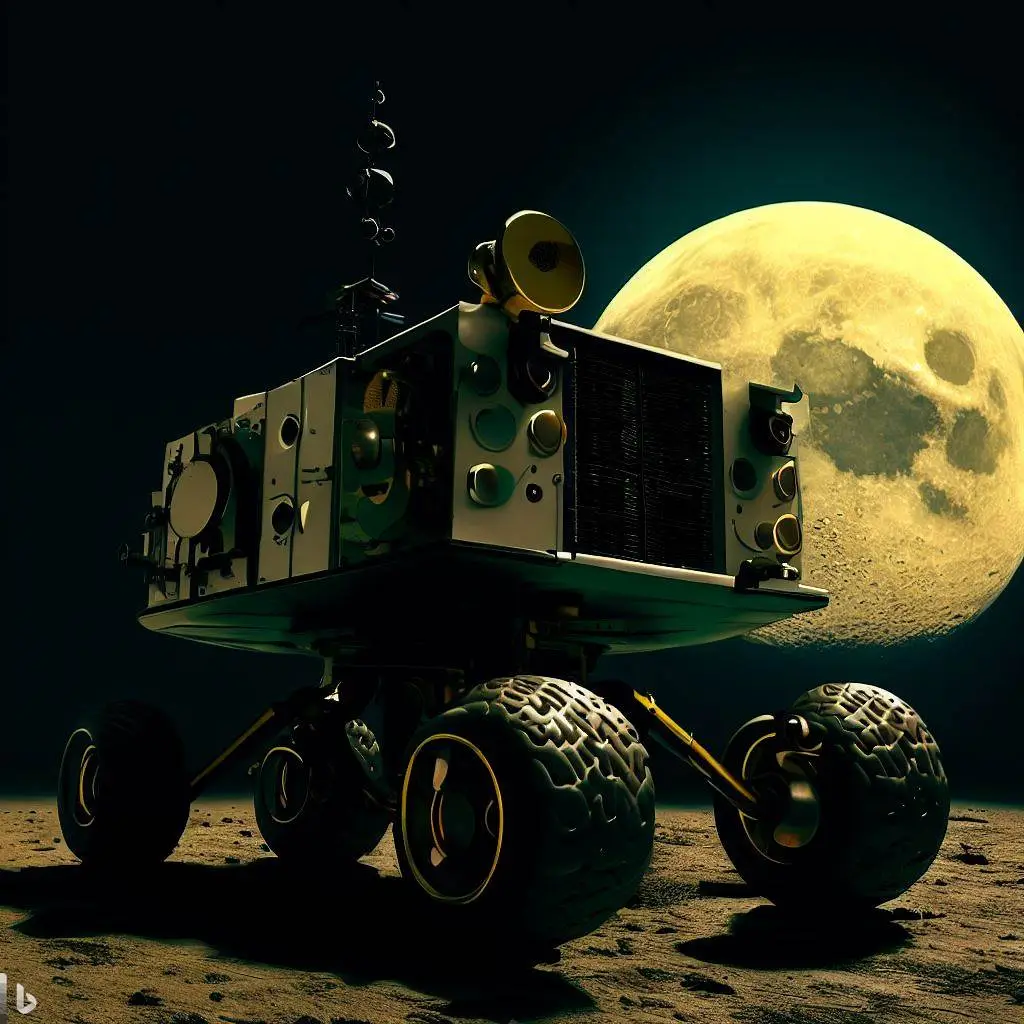
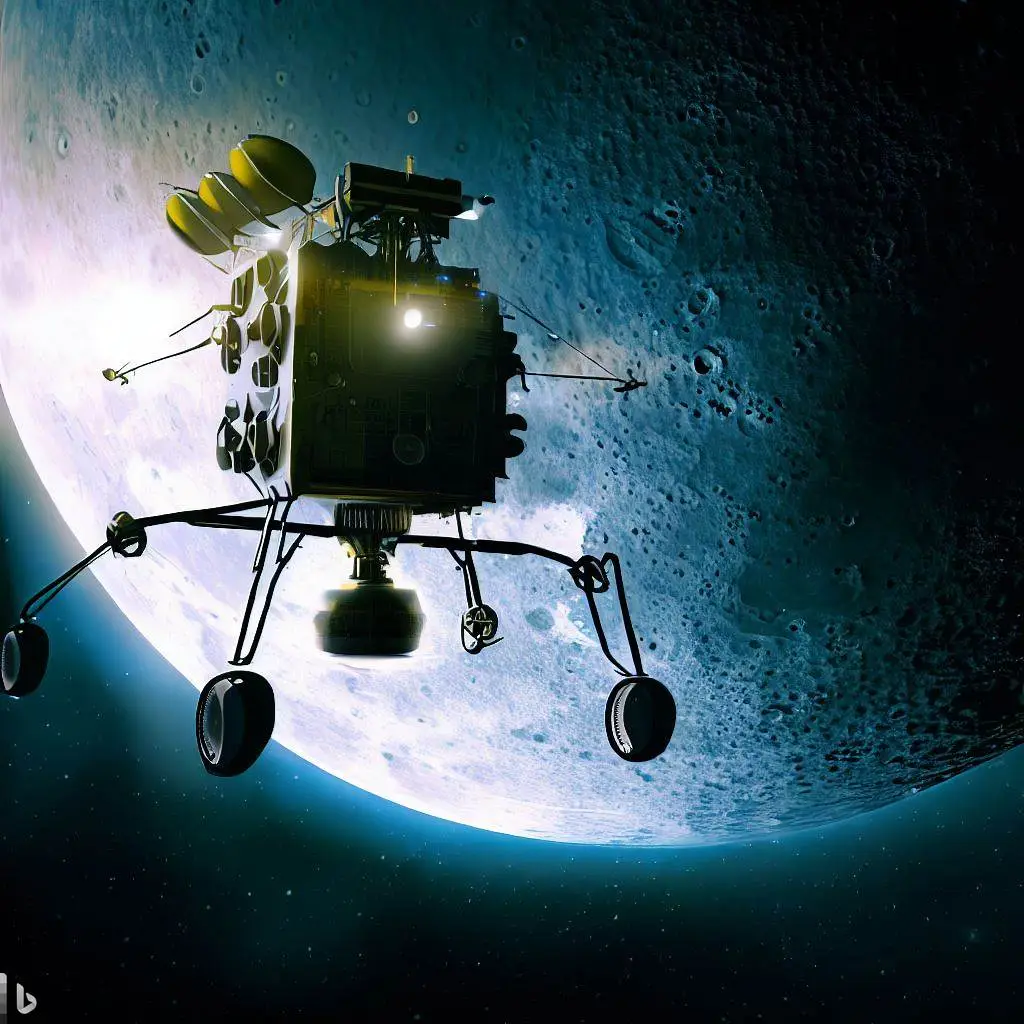
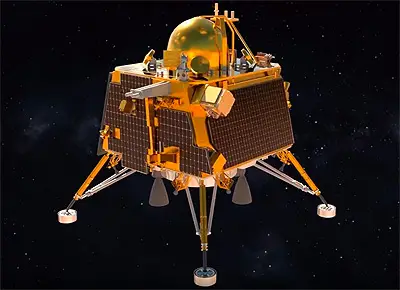
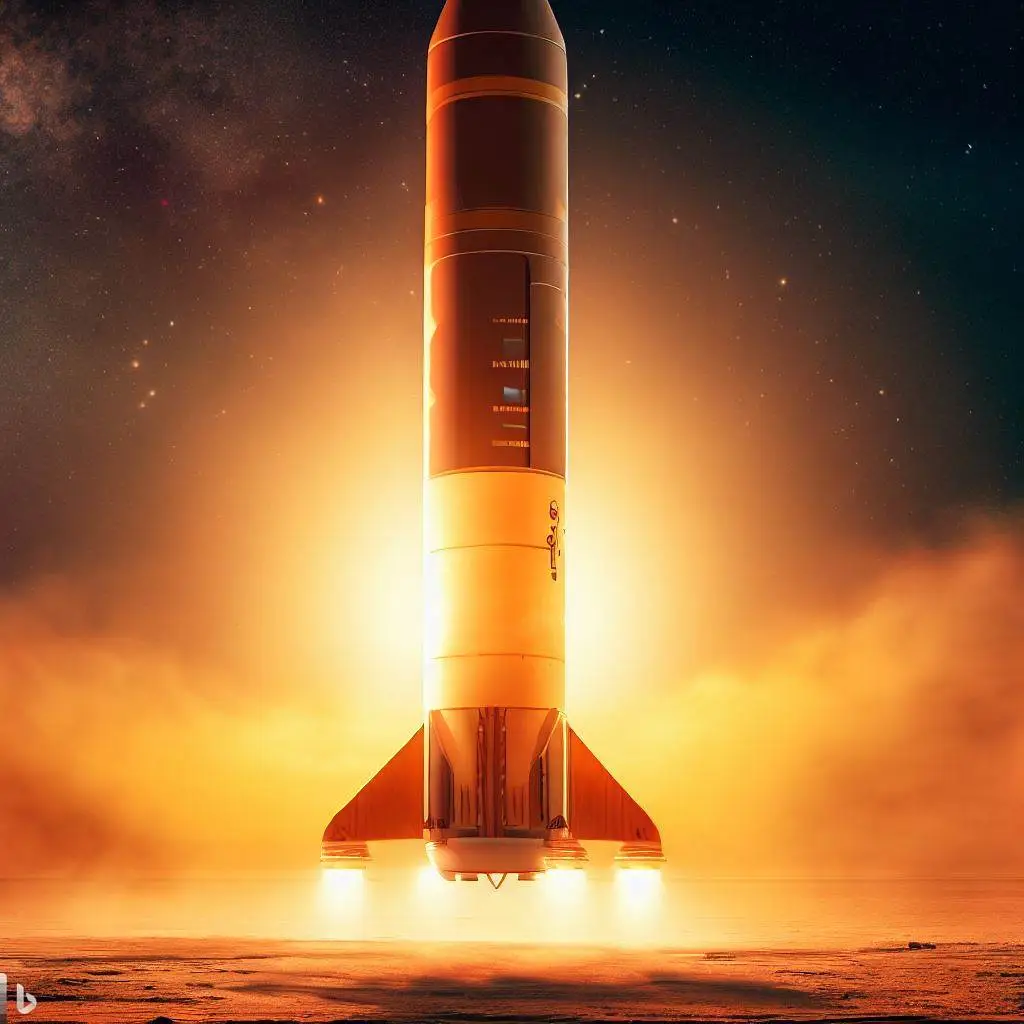
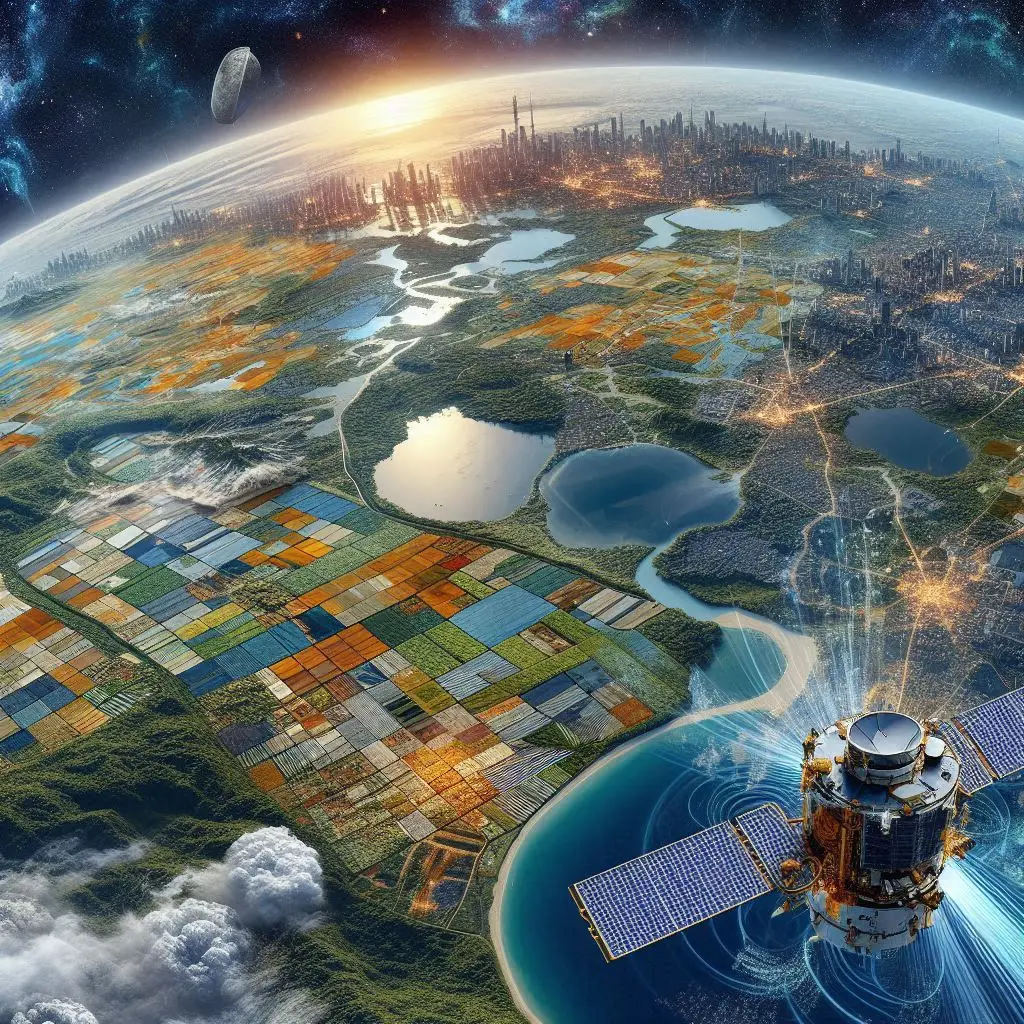
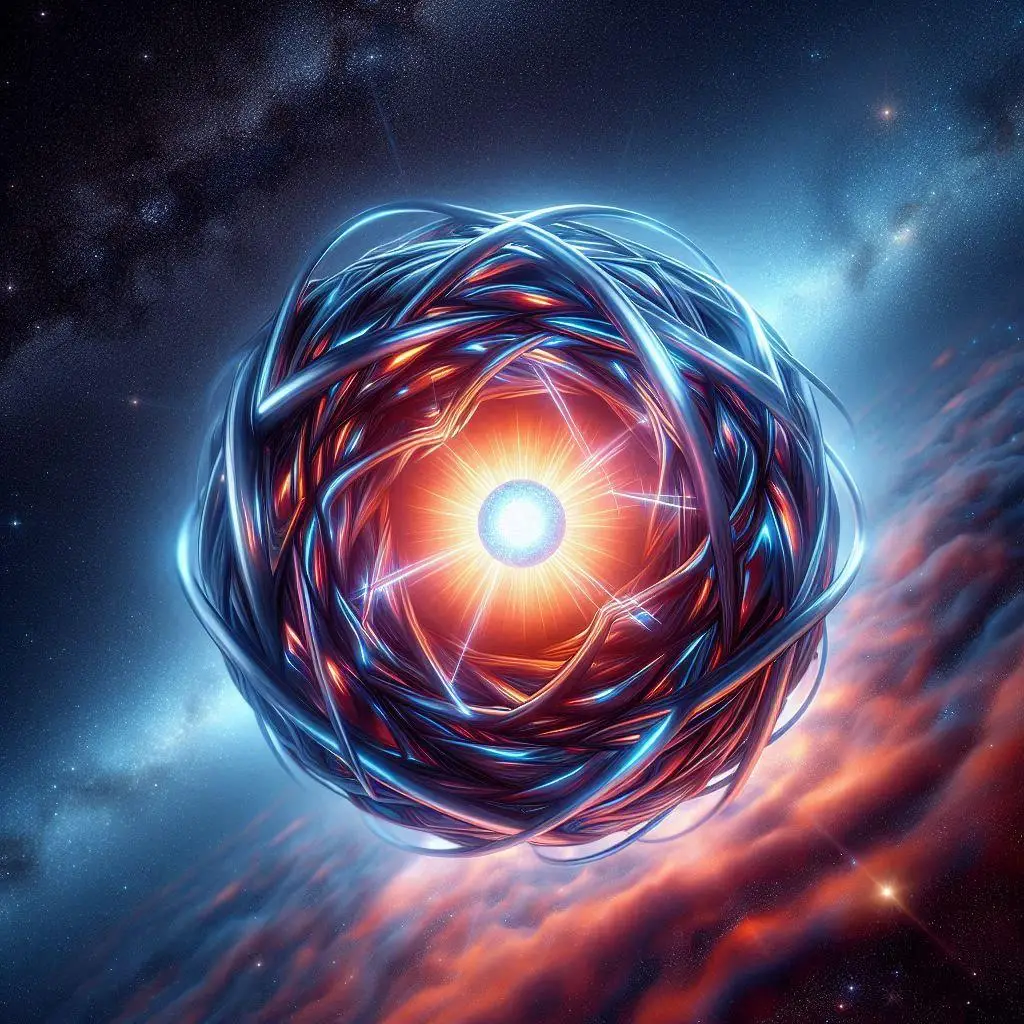


Add a Comment: